IAA #CommunityStars is a virtual event aimed to help independent retailers tackle new challenges day-to-day, including the rise of inflation, the energy crisis and changing consumer demand.
Aside from Covid-19, retailers continue to be faced with new challenges, like ongoing availability issues, how to maintain their margins as prices increase and combatting the increased minimum wage. These events offer insight and tools retailers can apply to tackle these hurdles, develop their business, and provide for their customers.
In this month’s session, Samantha Gunston, head of events at Newtrade Media was joined by James Stead, manager of Whites Calver and Calver Service Station in Hope Valley, Peak District.
“Whites Calver is a family-owned business and has been for 100 years,” James explains. “The owner, Edward White, is the third generation running the store. We initially ran a forecourt and a small shop and just before I joined, we partnered with Spar. In 2013, we bought the property adjacent and turned it into a farm-shop-inspired local Spar shop.”
Spar Calver was recognised as the IAA 2020/21 Category Star for Shop Layout. The manager and his team stood out after investing in new equipment that helps them understand their customers, increasing shopper experience and adapting their layout to suit what the data told them. James also created dedicated zones to drive linked purchases and help customers shop more efficiently and improve the shopper experience to suit different peak times. Complementary categories are also merchandised close together to boost spend.
“It was brilliant to get some recognition. We posted the news on our Facebook page, and we received mass feedback from locals and the shoppers come in and comment on it,” James says.
Here are seven ways James is improving his business, that you can learn from.
Adapting to the pandemic
“The biggest change we made was launching a delivery service, which is now run three days a week. We also offered a collection where customers called up and then picked their orders up later,” James says.
Although the manager has kept the delivery service running, he says customers prefer a personalised, in-person service. “We do the full service in house, but customers like to speak to a member of staff. For some customers, it might be their only interaction.”
The key piece of advice James has for other retailers, though is to adapt to the pandemic and changing shopper habits. “Don’t get complacent and always look for the next thing,” James says.
“Look into changing customer habits and stay on the lookout. Too many retailers get complacent, and they see sales decline. We’ve always thought ahead and we’re quite lucky to have maintained or gained sales.”
Focus on local
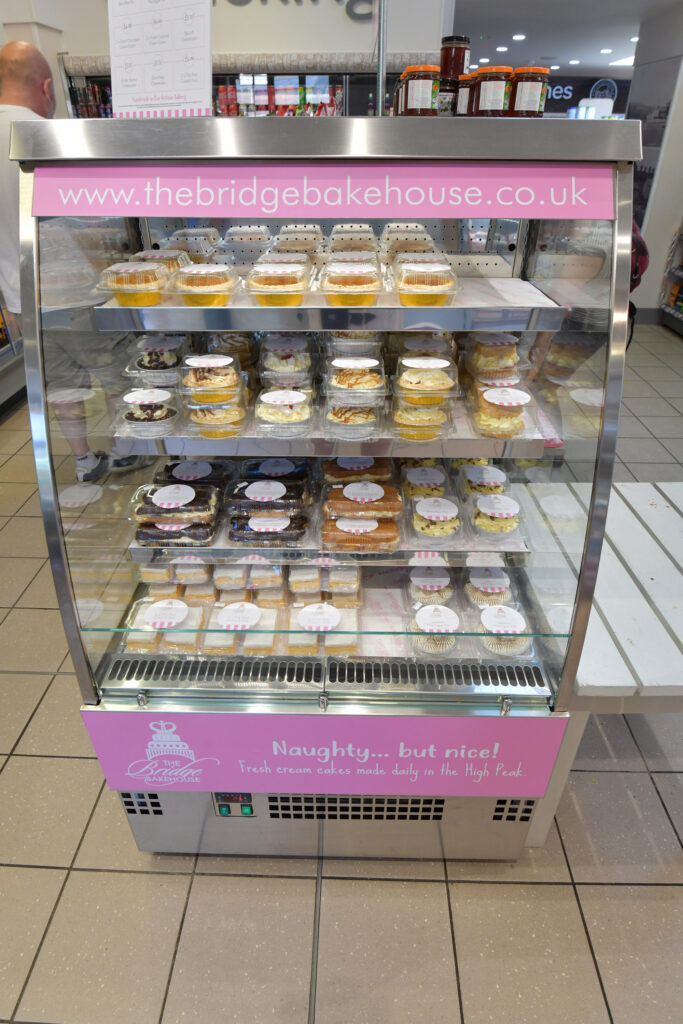
Local products are a vital part of James’ business and he currently works with 36 suppliers. “We manage them all by splitting them among the team. Each team member works with approximately five or six suppliers they’ll look after. I’ll then check in regularly and make sure everything is okay.”
James’ customers respond strongly to local products and James finds working with local suppliers has more benefit than working with well-known suppliers. He says: “Local businesses are always willing to try and help you as much as they can and our relationships with them helped us maintain availability when everyone else was struggling.”
Craft beer is a key area of focus for James and his team. He stocks four local brands, all situated within a six-mile radius. “They now outsell our own-label craft beer and we’ve got people in to really sell the product’s story.”
James says telling a local supplier’s story has helped drive sales and makes a big difference during summer when tourists arrive. “When tourists come, they really buy into the store, and we try and highlight that it’s all locally sourced.
“We expect the tourist season to be even bigger this year. The pandemic forced everyone to travel the UK and we’re expecting this trend to continue.”
Building a strong relationship with local suppliers is vital to James’ success. “One of the craft beer companies we work with have become well-known and it’s great to see some of the businesses we work with who started off tiny, thrive and grow.”
Combatting rising costs
“Rising costs is something we’re taking seriously. Our site is going through the biggest wage increase across the board and then, of course, electricity prices are doubling.”
James sat down with owner, Edward to create a plan, review their costs and look at ways of reducing their usage to save money. To further combat increases, James says: “There will have to be a few more changes to try and make sure the business can progress where it wants to.”
This is also helping James and his team operate a more sustainable business. “We’re looking into renewable energy, like installing solar panels, and any other ways we can to reduce costs down.”
Your shop layout should benefit your business
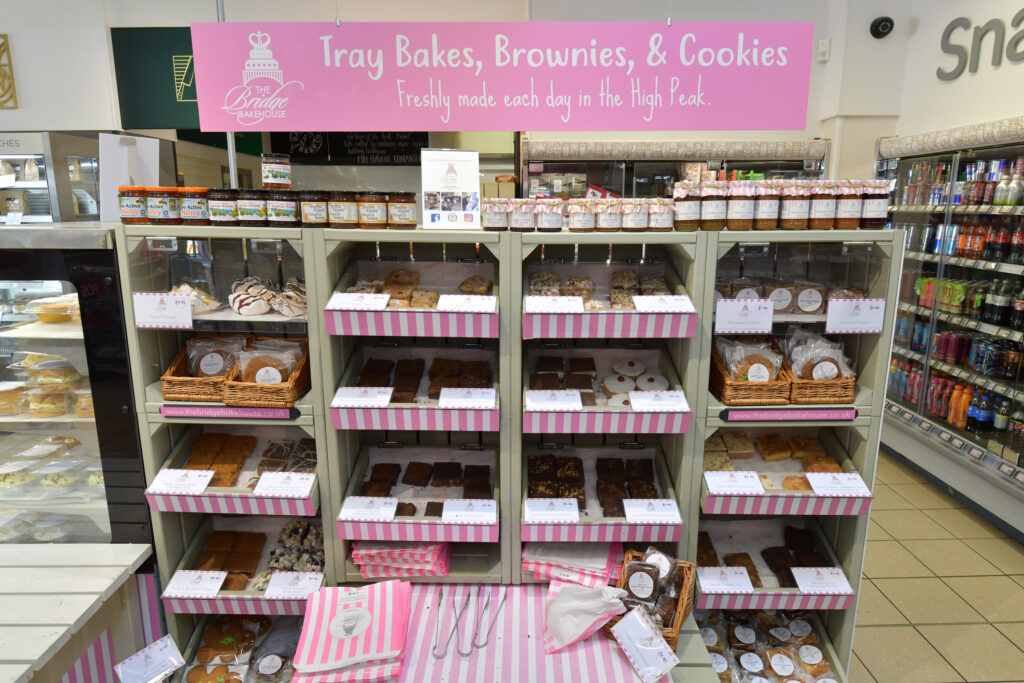
“We look at our sales data to determine the right shop layout,” James says. “But a key thing is watching the customer.”
James and his team watch their customers shop each category, taking note of the products they pick up and encourages other retailers to do the same.
“We also print the customer receipt off. This allows us think about what else they might have picked up if it was close-by, based on their purchases.
“We also put in zones following our recognition as IAA Category Star for Shop Layout. We now have fresh food, food to go and alcohol zones.”
Within these zones, customers can find linked purchases, which has helped James and his team upsell products. “Customers have been responding well to these changes, some like the way it was but there’s been a benefit because our basket spend has increased from £9.25 to above £10.”
Upselling is vital to James boosting spend, so he recommends merchandising a premium product, like a local line, as well as a value option to encourage trade up. “For example, next to our standard cakes, we’ll have an artisan bakery,” James says. “I always find people shop with their eyes and while they’ll see the cheaper options, four out of five times they’ll choose the nicer-looking, more expensive option.”
“We like to visit a lot of stores and that’s been a good part of being with Spar. They do a lot of visits, and we were able to visit stores in Ireland to witness their food to go operation, which has shaped ours,” James explains. “It’s really good to speak to other retailers and get their experiences, too.”
Expanding your offering
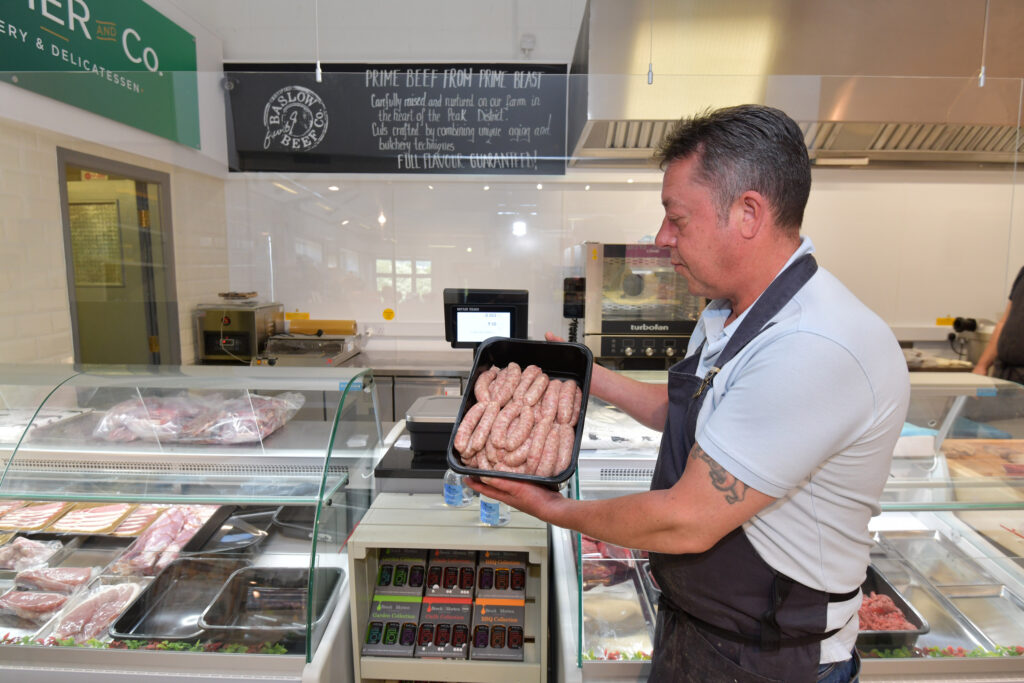
Whites Calver underwent a small refit in November last year and installed an in-store butchers. “Initially, we merchandised food to go and our fresh meat offering together, but customers didn’t really visit the area for fresh meat because they couldn’t imagine it there.
“Instead, when we put an in-store butcher in, all our fresh meat was transferred there, and we noticed an upturn in the butchers.”
James also merchandises cooking sauces and other linked purchases to drive trade up missions and boost spend. But James admits the butcher was the store’s biggest challenge.
“We partnered with a local restaurant, and without their experience, I don’t think we could have achieved what we have.
“Having it in has really helped. We have the Spar own-label meat range and a value option, but it’s offering that upselling opportunity.”
Preparing for HFSS
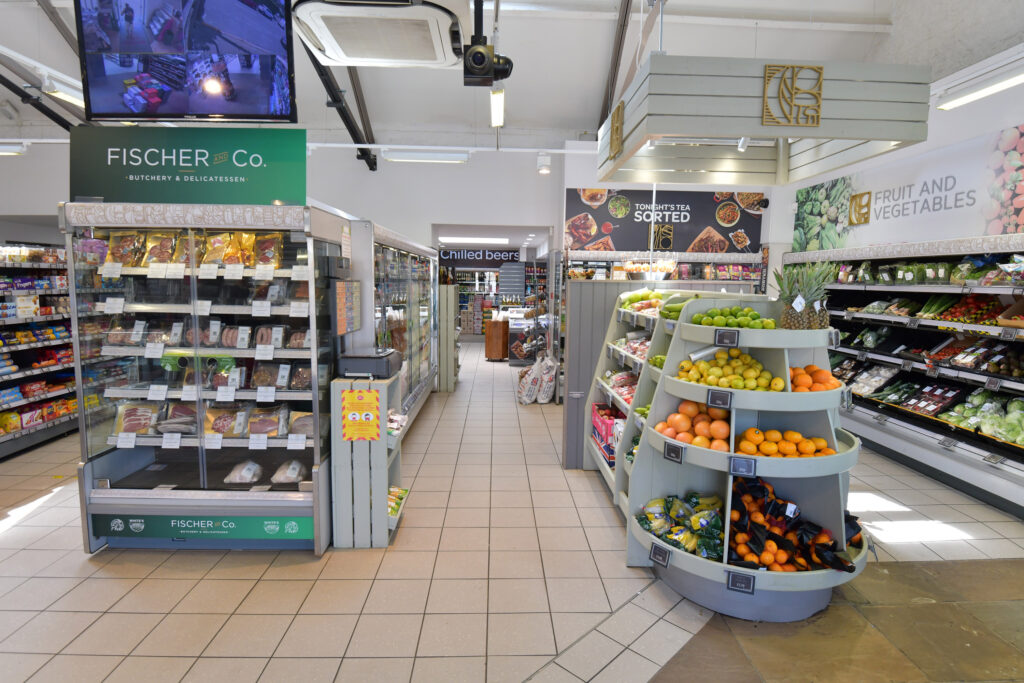
HFSS comes into effect from 1 October and will impact many convenience stores, like Whites Calver.
“We’re always planning how our store and shop layout will change. The small refit we had last year evolved because of HFSS,” James says.
The manager has removed all chocolate and high-sugar products from the till area and queueing aisles, replacing them with the stores food to go offering and in-store butcher.
“It’s about paying more attention to upcoming legislation and knowing how it impacts you.”
How the IAA has helped
“The IAA highlights areas that aren’t 100%,” James explains. “With the different benchmarking categories, you know you’re covered in everything. It’s always good to have an outside perspective.”
For James, the simplest thing other retailers can learn from the IAA is to put their business and its different areas into perspective. He says: “In our industry, there’s so much to think about and there is always going to be something if you take a step back.
“The IAA highlights a few of those things and then allows me to go over and understand areas that need more attention, like new legislation, and how I can prepare.”
When asked why retailers should benchmark with the IAA, James added: “I don’t think there’s one retailer out there who does everything 100%. I say give it a go, I’m sure it will open your eyes to something you could be doing just a little bit better.”

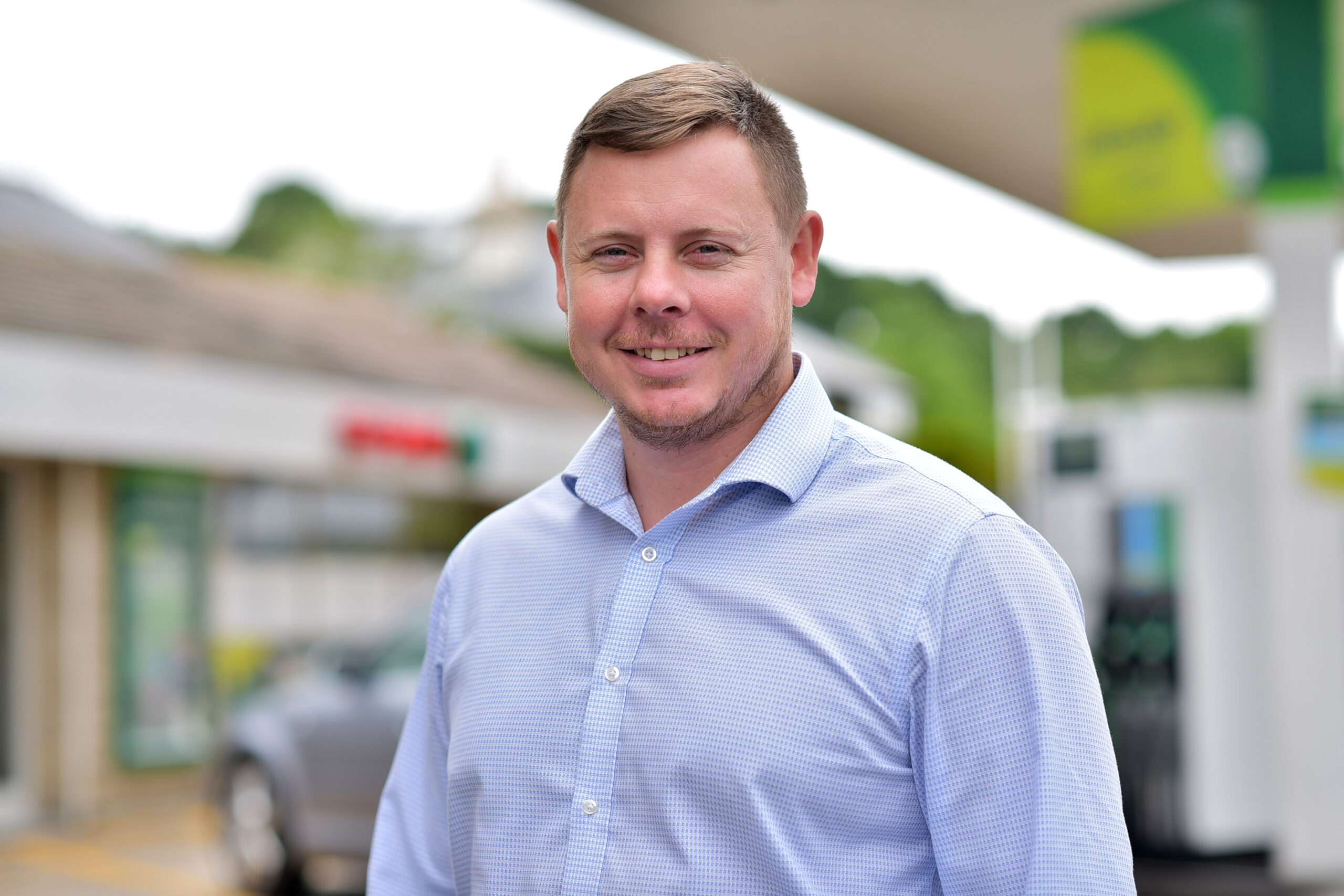

Comments
This article doesn't have any comments yet, be the first!